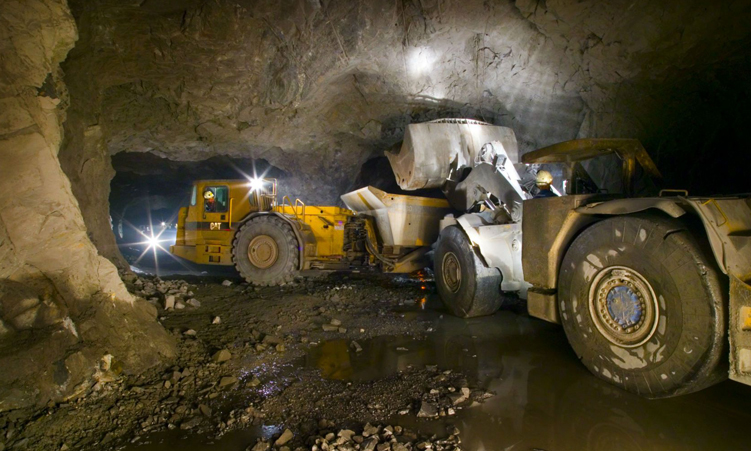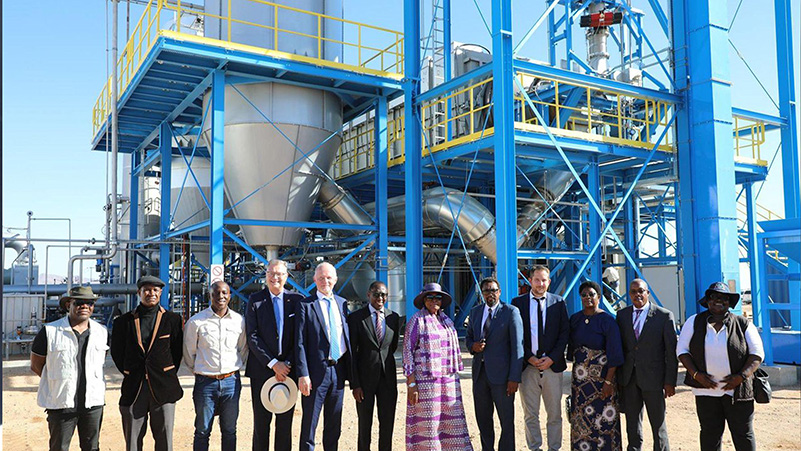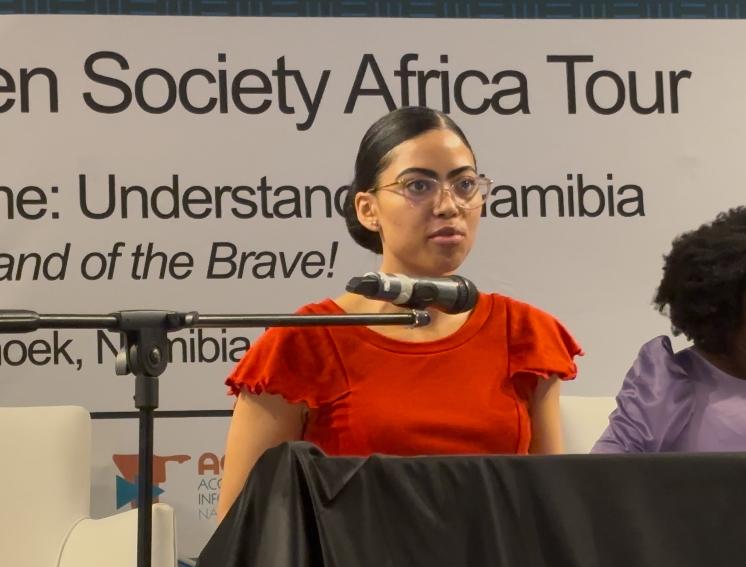The mining industry is rapidly evolving as mines embrace the fourth Industrial Revolution (4IR) with increasingly sophisticated equipment and automation.
The ‘connected mine’ has become a reality, driving increased production, improving safety, optimising equipment utilisation and more.
However, alongside this technological revolution, we are also seeing both leadership and employee competence struggling to keep up.
People, leadership, and human behaviour are not being integrated with 4IR technologies, which can cause numerous challenges.
Sociometric sensors with artificial intelligence (AI) and machine learning (ML) capabilities can help to address this challenge, disrupt the traditional value chain, and constructively improve culture, behaviour and leadership within mines.
Built on technology, underpinned by people
From heavy machinery and working at scale, the mining industry has now progressed to continuous and autonomous production, with an increased emphasis on electrification, renewables, and the reduction of emissions.
Safety remains a priority, and with 4IR technologies that offer increased automation and autonomy, people can be moved away from hazardous areas and farther from danger.
However, despite technological advances, mines still rely heavily on the human component.
As a result, suboptimal human behaviour and leadership have a significant negative impact on production, equipment utilisation, safety, and the environment. People and leadership are obstacles on the road to leveraging technology and achieving increased production output, enhanced equipment utilisation, and better safety.
Mining organisations need to look at human behaviour and leadership solutions that will complement technology, improve people and leadership performance, and improve metrics that matter across the board.
Measure it
to manage it
Sociometric sensors measure things such as eye contact, voice pitch, body orientation and proximity to others, all of which can be analysed and used to add value.
This is done by collecting data that can be used to support leadership in improving production, equipment utilisation and safety. Through machine learning, this data can be further used to predict what behaviour contributes to specific outcomes.
For example, certain sociometric data could suggest that an accident is imminent.
This could function as a prompt to shut down equipment or warn employees.
Sociometric data can also be used to objectively assess different leadership and learning styles and measure performance against key performance indicators, with data as evidence to help drive behaviour change.
This information can also be combined with other data from wearables, such as heart rate, breathing rate, pulse oxygen levels, and more, to deliver enhanced value.
Disruption drives
innovation
A positive impact on human efficiency and leadership can be enormously beneficial, but human behaviour is typically difficult to objectively measure and monitor. Sociometric sensor technology can effectively address this challenge and help mines bridge the gap between machinery advances and human performance, giving mining organisations the ability to measure and monitor metrics around social and emotional intelligence, as well as traditional metrics of leadership and engagement.
Sensor output from machines and the environment, together with sociometric sensors, can be integrated to create a complete picture of what is happening at any point in time in a mine, with live feedback and ML to radically transform every element of the connected mine.
By mapping leadership and personal interactions against real data, mining organisations will be able to understand what behaviour produces certain results and adjust behaviour and leadership styles in real-time.
By integrating disruptive technologies such as mining automation technology, renewable energy technology, and sociometric sensor technology into mine and process design in an innovative way, it is possible to achieve radical performance improvement breakthroughs.
- Roland Innes is the group chief executive officer at DYNA Training.
Stay informed with The Namibian – your source for credible journalism. Get in-depth reporting and opinions for
only N$85 a month. Invest in journalism, invest in democracy –
Subscribe Now!










